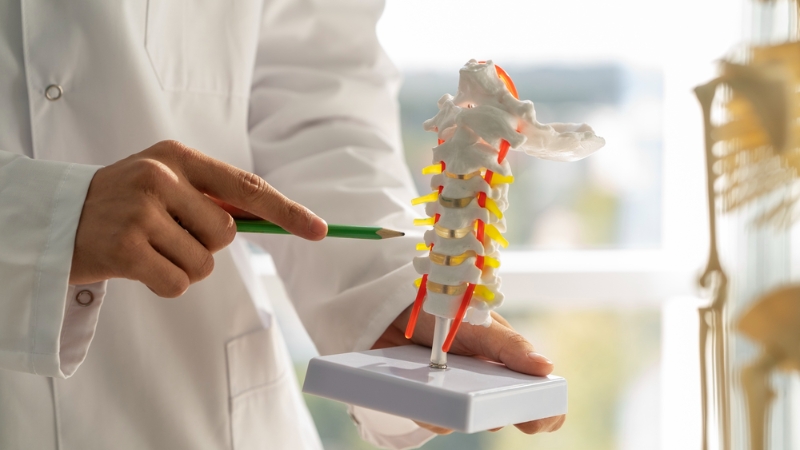Spinal Fusion"Surgical Stabilization for Improved Spinal Health."

We are experts at providing Spinal Fusion services at our medical center, providing surgical solutions for patients with spinal disorders that need to be stabilized. Because we understand how important spine health is to overall health, our surgical techniques are crafted with accuracy, comfort, and spinal integrity restoration in mind. This section will discuss the importance of Spinal Fusion, the conditions it treats, possible concerns, and the unique qualities that set us apart as a top supplier of top-notch orthopedic surgical services.
What Is Spinal Fusion?
Spinal fusion is a surgical technique that joins two or more vertebrae together in order to stabilize and lessen back discomfort. To treat disorders such spinal instability or abnormalities and to stop movement, the operation uses implants, hardware, or bone transplants to encourage the fusing of neighboring spinal segments.
Why Is Spinal Fusion Necessary?
- Stabilization: When degenerative disc degeneration, spondylolisthesis, or spinal fractures induce instability in the spine, spinal fusion is required to stabilize the spine.
- Pain Relief: The operation is done to relieve persistent neck or back discomfort brought on by spinal disorders that don't improve with conservative measures.
- Deformity Correction: Spinal fusion is used to restore alignment and stop further curvature progression in cases of spinal abnormalities such as kyphosis or scoliosis.
Possible Risks:
Although spinal fusion is usually safe, there are a few possible hazards to be aware of, such as bleeding, infection, nerve injury, hardware failure, and the chance for the bone not to fuse completely. The goal of pre-operative evaluations is to reduce these risks.
Treatment Steps in Spinal Fusion:
- Pre-operative Evaluation: To choose the surgical strategy, a thorough evaluation of the patient's imaging results, physical examination, and medical history is conducted.
- Anesthesia Administration: The use of anesthetic to make the patient asleep and painless while the surgery is being performed.
- Surgical Approach: The surgeon uses an anterior, posterior, or lateral approach, depending on the nature of the ailment.
- Bone Graft Placement: In order to encourage bone development and fusion, the surgeon inserts bone graft material between the vertebrae. This might come from a donor (allograft) or the patient (autograft).
- Hardware Implantation: Plates, rods, or screws are used to support the spine and speed up the fusion process.
- Closure: After applying dressings, the incision site is closed with staples or sutures.
- Post-operative Care: Keeping an eye on the patient's recuperation, controlling discomfort, and offering advice on rehabilitation and post-operative limitations.
Our Spinal Fusion procedures are designed to offer practical answers to people with spinal abnormalities, persistent pain, or instability. Our mission is to improve patients' quality of life with skilled surgery and all-encompassing post-operative care, backed by a committed surgical team and caring medical staff. Our medical professionals can offer advice and information if you have any queries or worries regarding spinal fusion.
Top Asked Questions and Answers:
FAQ (Frequently Asked Questions):
+91-9144411108
Emergency Cases

